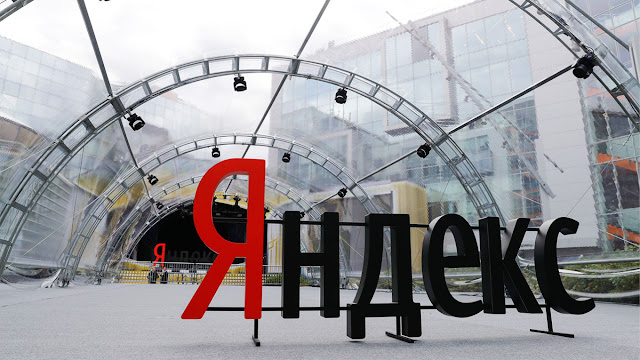Code, Create, Conquer: The Rise of the Technology Students Association
In the rapidly evolving world of technology, one organization is making significant strides in guiding young minds towards innovation and excellence. The Technology Students Association (TSA) stands as a beacon of opportunity for students interested in exploring the realms of science, technology, engineering, and mathematics (STEM). This article delves into the ascent of the TSA, highlighting its impact on students, educators, and the broader field of technology.
What is TSA?
The Technology Students Association (TSA) is a national organization dedicated to nurturing the next generation of tech professionals and enthusiasts. Founded in the late 1970s, TSA was created to inspire students to embrace the opportunities offered by a technology-driven world. Its missions orbit around providing a supportive environment for students from middle to high school to engage in competitive events, leadership opportunities, and community service, centered around technology and engineering principles.
The Mission that Drives Innovation
TSA is not just an association; it's a movement towards inclusive innovation. With a strong focus on leadership, teamwork, and problem-solving, the organization's foundational pillar is its competitive events. These events range from coding contests, app designing, robotics, and video game development to engineering challenges and digital media creations. Through these competitions, TSA members cultivate not only technical savvy but also vital soft skills such as communication, collaboration, and critical thinking.
The organization's mission extends beyond competition preparation; it's about preparing a new generation to tackle real-world problems with innovation, ingenuity, and a deep understanding of technology's power and potential.
Empowering Future Leaders
One of many factors that sets TSA apart is its dedication to empowering students with leadership skills. TSA offers numerous leadership positions at the local, state, and national levels, allowing students to experience firsthand the challenges and rewards of leadership. From organizing events to leading team projects, these roles are designed to prepare members for future career success, cultivating a proactive and professional demeanor.
TSA and Education in Sync
Collaboration between TSA and educational institutions forms a critical vertex in the organization's growth narrative. TSA works closely with teachers and administrators, providing resources and support to embed TSA activities within the curriculum. This collaboration facilitates an engaging learning environment where theoretical lessons are applied to practical, hands-on projects.
Educators play a pivotal role in TSA's ecosystem, serving as advisors, mentors, and supporters of the organization's objectives. By integrating TSA activities into the STEM curriculum, schools not only enhance the educational experience but also foster an innovation-oriented culture among students.
The Growing Impact of TSA
The ripple effect of TSA'programs on students and the broader educational landscape is profound. As members graduate and proceed to higher education and professional careers, they carry with them the learning, experiences, and connections gained through TSA. Alumni of the organization frequently attribute their success in college and beyond to the foundation built during their TSA involvement.
Moreover, TSA's emphasis on collaboration, creativity, and technical proficiency addresses the critical need for a skilled workforce in the technology sector. By sparking an early interest in STEM and providing a platform for experiential learning, TSA is not only shaping future leaders but also contributing to the sustainability of the tech industry.
Challenges and Opportunities
Like any organization bent on innovation and growth, TSA faces its share of challenges. Keeping pace with the lightning speed of technological advancement requires constant adaptation and evolution of its programs. Additionally, expanding access to underrepresented and economically disadvantaged communities remains a priority, ensuring that future technology leaders reflect a diverse and inclusive society.
However, these challenges also present opportunities. The evolving tech landscape offers new terrains for competitiveness and creativity. Expanding partnerships with businesses and higher education institutions can provide both the resources needed to overcome barriers and enrich TSA's offerings. And in pursuing inclusivity, TSA strengthens its role as a pivotal force in shaping a diverse and dynamic future for technology.
Join the Movement
Getting involved in TSA is a step towards not just personal growth but also contributing to a larger movement aimed at harnessing technology for the betterment of society. Whether you are a student passionate about technology, an educator looking to enrich your curriculum, or a professional keen on supporting future generations, TSA offers a platform for engagement, collaboration, and impact.
Conclusion
The trajectory of the Technology Students Association is more than a narrative of growth; it's a testament to the power of education, innovation, and community in shaping the future. Through its comprehensive programs and dedication to fostering the technological skillset and leadership qualities of young minds, TSA continues to play a crucial role in the development of future technology leaders. As it moves forward, the organization carries the potential to not only code, create, and conquer new technological frontiers but also to inspire a whole generation to do the same.






















